How to Teach Your Kids to Ski
It’s not about business. It’s about fun.
This is a simple idea, but for adults burdened by the lessons of life, achieving fun can be much easier said than done. Teaching kids requires a suspension of both reality and expectations. Is snow frozen water or fluffy cotton candy? How many giggles equals a successful day?
When it’s your own child, patience is an invaluable virtue. If you decide to teach your own child (or niece, nephew, etc.) how to ski/snowboard, here are a few key points that will help you on your way. It’s important to make the experience positive because the memories they form around skiing in their younger years will stay with them for the rest of their life.
1. Fun > Productivity
There’s a reason why this is first on the list–it may be the most important piece of the entire equation. As an adult, you may hope to make strides in your skiing performance and be able to ski more challenging terrain with ease. Children, however, have not developed this high-level thinking and the best they can do is hope to have a blast. Translation–do less, take breaks, eat snacks. There will be a strong urge to “get back out there”, especially if you’re on a ski vacation, but doing so will only hurt a child’s progress.
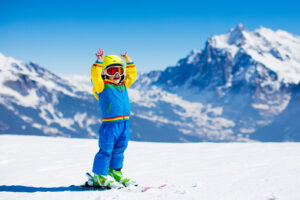
If you can successfully create the connection that skiing = fun, you have won the lottery. The child’s interest in having fun will power the progress in skiing.
At Keystone’s Ski and Ride School in Colorado, instructors are taught this very simple rule early on. The focus is always to laugh, play, and have fun. That means designing activities for kids that will teach them important foundational skills of skiing without them even knowing. A classic example is the break-in process of getting used to ski boots. Instead of lecturing kids about where to center their weight in their boots, instructors have snowball fights, make snow angels, and lead crazy ski boot dance parties. It’s a way to ensure laughter while young feet get used to being shoved inside plastic tubes.
2. Candy is king
If money, autonomy, growth are motivating factors for adults, candy is the equivalent of working a job that pays millions and you can work whenever you want and how you want. And your boss is cool. 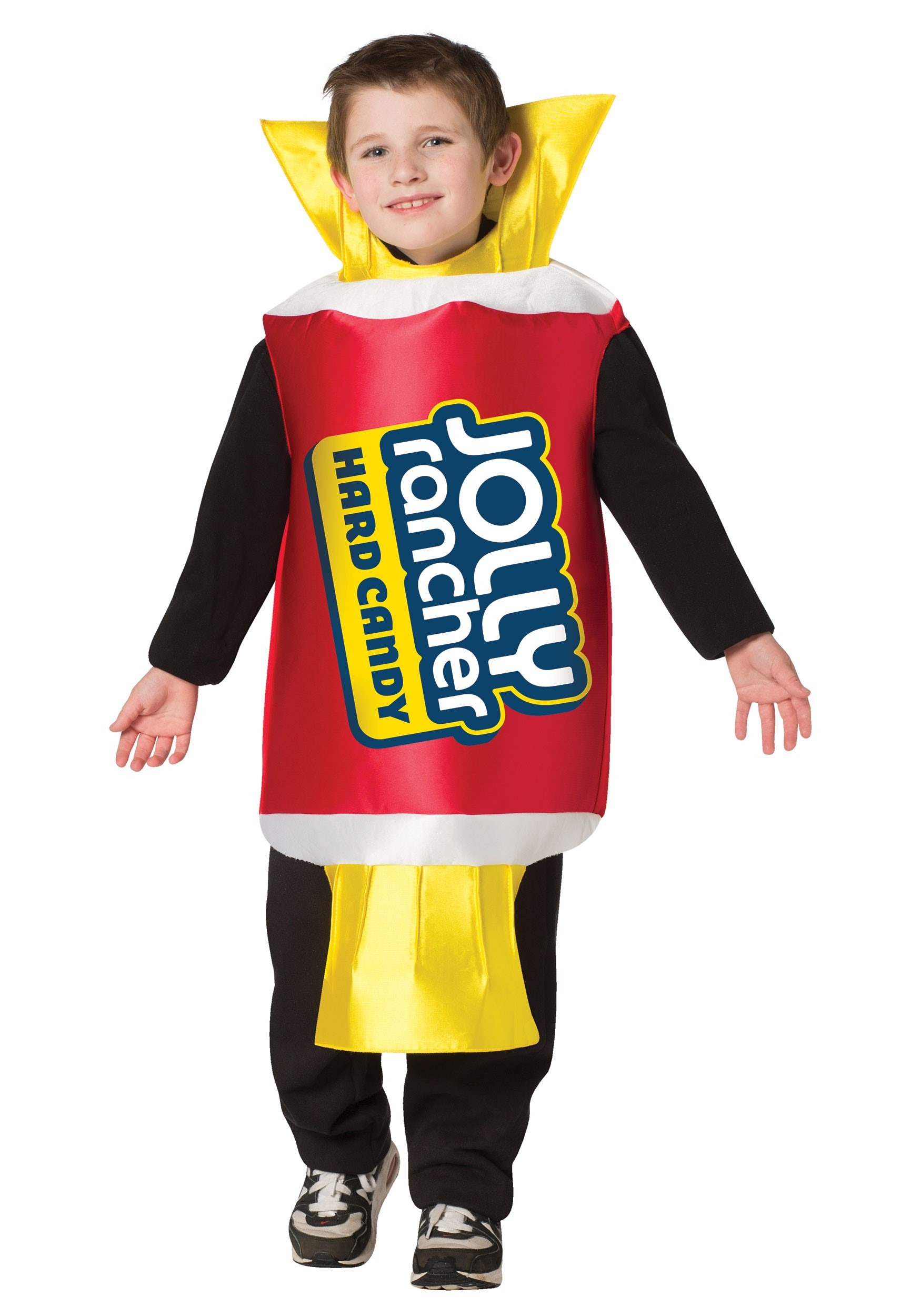
Candy can be a powerful motivating factor during a child’s ski lesson, but it must be used strategically. For example, if you’re teaching a child to turn, fill your pockets with Jolly Ranchers and create a breadcrumb trail in the shape of an S on the bunny slope. Whatever the child picks up is theirs to keep. This has multiple effects on ski progress:
- It teaches the child to turn without thinking about it
- It teaches the child to control their speed enough to be able to pick up the candy
- It keeps the child forward in their ski boots to be ready to pick candy off the snow, thereby removing the urge to lean back or “be in the backseat”.
Even children who swear they don’t know how to turn magically find a way to turn when there’s candy on the line. Kids will do anything for that little hit of sugar. Use it strategically!
3. Take lots of breaks
Little legs get tired, quick. If you’re on vacation, particularly in a place like Colorado, take even MORE breaks. That air is hard enough to breathe for grown adults, let alone for developing lungs.
Additionally, when fatigue sets in the wheels on the bus go down, down, down. Say goodbye to any progress you might have made and be ready for tears. Naturally, how old the child is will have a tremendous impact on their stamina. If you’re teaching a 3-year-old, 30 minutes might be plenty before it’s time for animal crackers and hot chocolate. If they’re 8, there’s a pretty good chance that you’re going all day, as long as there’s also still plenty of time for animal crackers and hot chocolate.
4. Dress them appropriately
Believe it or not, snow is made of water. That water happens to be very cold and it creates problems when gloves are soaked from playing in the snow. When picking out gloves for your child, make sure they repel water and do not let air pass through them. If you can see light pass through when holding them up at the store, keep looking. As adults, we make the choice to not bury our extremities in the snow because we know it’s cold and eventually we’ll probably get wet. Children, however, haven’t learned that yet and are much more interested in the pliability and throw-ability of snow. Hands will be dug in snow and it’s your job to make sure the fingers stay warm and dry.
It’s also important to remember that, depending on where you’re skiing, weather can change rapidly. If you’re skiing higher on the mountain and it starts snowing, wool gloves that collect snow will start to become a problem. Like fatigue, cold can have biting consequences that really send progress packing. On the mountain, it’s best to be too warm than too cold.
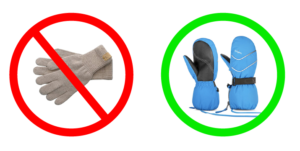
5. Ditch the leash, get a vest
Looking for a quick and easy way to teach bad habits–buy a leash! It’s the quickest way to build dependence and back-seat skiing. Then when it comes time to take the leash off, the habits to rely on the leash have already been built. Too bad.
Luckily, there is a great alternative–buy a vest! KinderLift is a Colorado-based company that sells very stylish vests for children that have a reinforced handle on the back for quick grabbing. The vests zip up the front and can easily support the weight of a child. It makes getting on the chairlift easier and safer and when the kids fall, you’ve got a bright red handle to pick them up with. Not only are they highly functional, they also are very stylish. To shop the look featured below, click here.
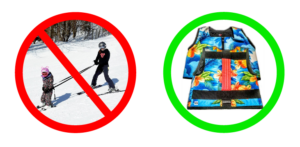
6. Within a safe area, let them go
On heels of our recommendation to forgo the leash of death, it’s important to give the children space. This doesn’t mean send them to the top of the hill on their own and watch them figure out how to get down; rather, it means finding a space safe enough that you can give them an opportunity to actually ski. 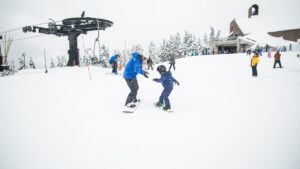 The best location for this is a bunny hill at the base of the mountain that is accessed by a magic carpet. Resorts will feature bunny slopes of all sizes and various locations on the mountain. If you elect to travel to a bunny slope either mid-mountain or at the top, consider how you’re going to get down. Sometimes the resort will have lift access back down the mountain, but other times you’ll have to get yourself down. After a full day of learning, that can be a tall order with weary legs.
The best location for this is a bunny hill at the base of the mountain that is accessed by a magic carpet. Resorts will feature bunny slopes of all sizes and various locations on the mountain. If you elect to travel to a bunny slope either mid-mountain or at the top, consider how you’re going to get down. Sometimes the resort will have lift access back down the mountain, but other times you’ll have to get yourself down. After a full day of learning, that can be a tall order with weary legs.
On the bunny hill, start the kids off in a place that will allow them to gain enough speed to ski but won’t get them going so fast that they can’t stop. And be careful about playing catcher with children. Too many parents stand at the bottom of the bunny hill attempting to catch runaway missiles. There’s a good chance you’ll make the save, but there’s also a good chance you’ll find out your child is much heavier and much more dangerous at speed with skis on. Do the wise thing and select your terrain properly. Your knees will thank you.
8. Consider a lesson
Finally, sometimes it’s good to hand it to the pro’s. There’s no question–teaching your child to ski can be one of the most rewarding experiences of your life. That said, it can also be nice to send your kid off to camp where someone who is trained to teach kids to ski can take over. If you choose this route, though, it’s important to know that despite having gone through training, not all ski instructors are top-notch teachers.

Some are just there for the experience of being young in the mountains with their friends. The priorities can get mixed. The best way to ensure your child receives the best instruction is this:
- Sign them up for a beginner group lesson and have them take the lesson
- At pick-up, talk with the instructor. If you get a good read and your child seems to have had a good time, write that instructor’s name down and request them the next time you purchase a lesson. This will have the double benefit of ensuring quality instruction for your child and ensuring a higher wage for the instructor. When instructors are requested, most resorts will pay instructors a premium rate. It’s a true win-win, just don’t forget to tip as well.
- If you don’t like your instructor or your child had a bad time, talk to other instructors or find a supervisor that can help narrow your search. Most supervisors have a pretty good understanding of each instructor’s style and can point you in the right direction.
If there’s anything you gain from this, just let it be that they have fun and stay safe & warm. Skiing is inherently fun, but there are external factors that can make it a chore. When teaching a child, just remember to keep your adult brain from being one of those negative external factors.
Featured Resorts

Killington Resort

Pico Mountain

Mammoth Mountain

Palisades Tahoe

Arapahoe Basin

Aspen Snowmass

Sugarloaf

Sunday River

Big Sky


